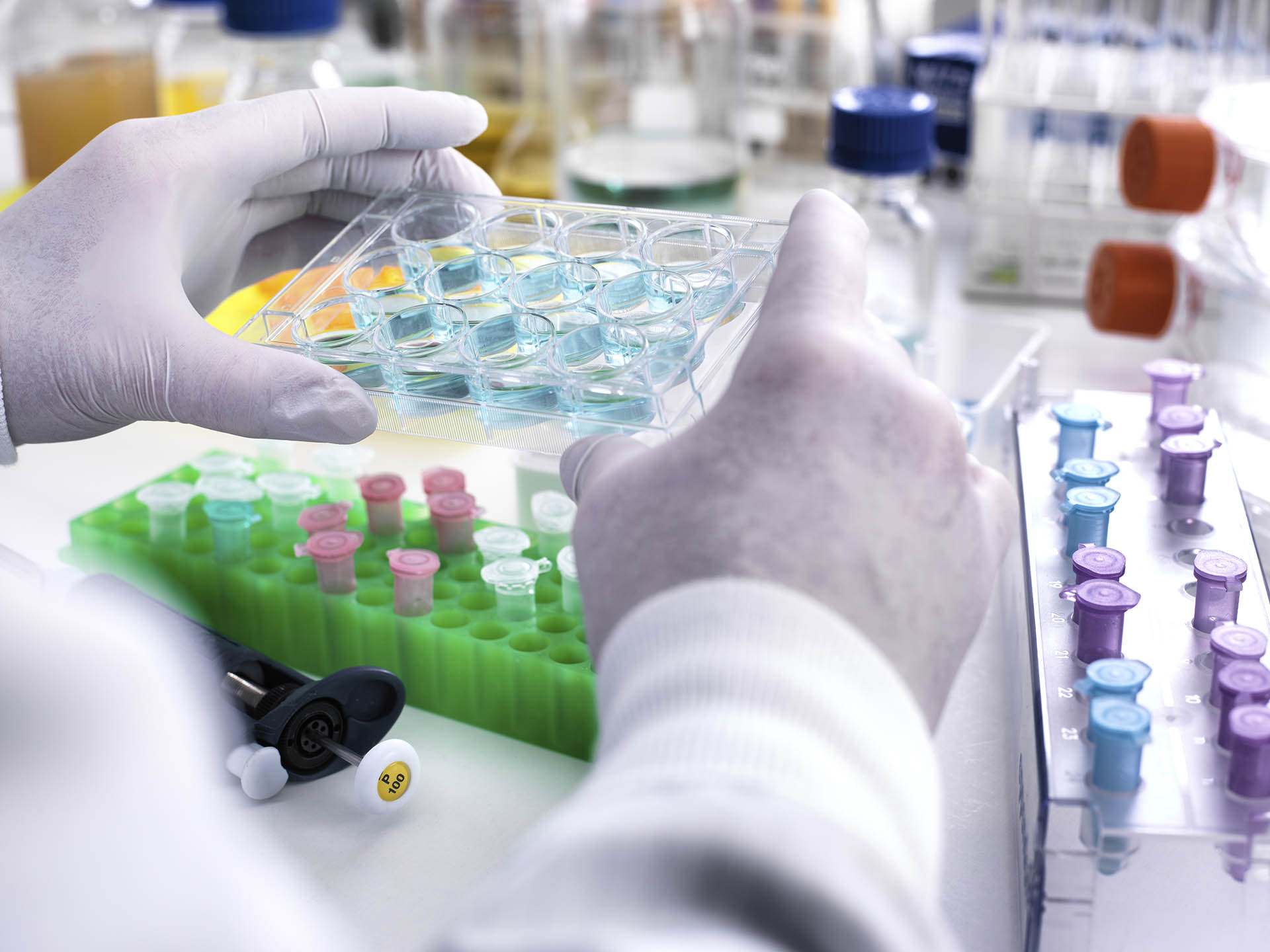Genetically modified organisms (GMOs) are organisms whose genetic material has been altered using biotechnology techniques, specifically genetic engineering. These modifications involve the insertion, deletion, or modification of specific genes to introduce new traits or enhance existing ones.
Biotechnology plays a crucial role in the development and creation of GMOs. Genetic engineering techniques, such as recombinant DNA technology, allow scientists to transfer genes between different organisms, including those from unrelated species. This enables the introduction of desirable traits into target organisms that would not occur naturally through traditional breeding methods.
The process of creating GMOs typically involves the following steps:
- Identification of a Desired Trait: Scientists identify a specific trait they want to introduce or modify in the target organism. This trait could be related to disease resistance, increased yield, improved nutritional content, or enhanced tolerance to environmental conditions, among others.
- Gene Isolation: The gene responsible for the desired trait is identified and isolated from a donor organism. It could be a gene from a different species, a naturally occurring variant of the target organism’s own gene, or a synthetic gene created in the laboratory.
- Genetic Modification: The isolated gene is inserted into the genome of the target organism using various techniques. One common method involves using a vector, such as a plasmid, to deliver the gene into the cells of the target organism. The gene is then integrated into the organism’s DNA and becomes a part of its genetic material.
- Selection and Cultivation: The genetically modified organisms are screened and selected based on successful gene insertion. The modified organisms are then cultivated or bred to propagate the introduced trait.
GMOs have been created in various organisms, including plants, animals, and microorganisms. In agriculture, genetically modified crops, such as corn, soybeans, and cotton, have been developed to exhibit traits like herbicide tolerance, pest resistance, and increased nutritional content. In medicine, genetically modified bacteria or mammalian cells are used to produce therapeutic proteins, such as insulin or vaccines.
The use of GMOs has generated significant debate and controversy. Critics express concerns about potential risks to human health, the environment, biodiversity, and socio-economic impacts on farmers. Proponents argue that GMOs have the potential to address global challenges, such as food security, crop productivity, and nutritional deficiencies.
Regulatory frameworks vary across countries regarding the cultivation, import, labeling, and safety assessment of GMOs. Governments and international organizations continue to evaluate and regulate the use of GMOs based on scientific evidence, risk assessments, and public concerns.
